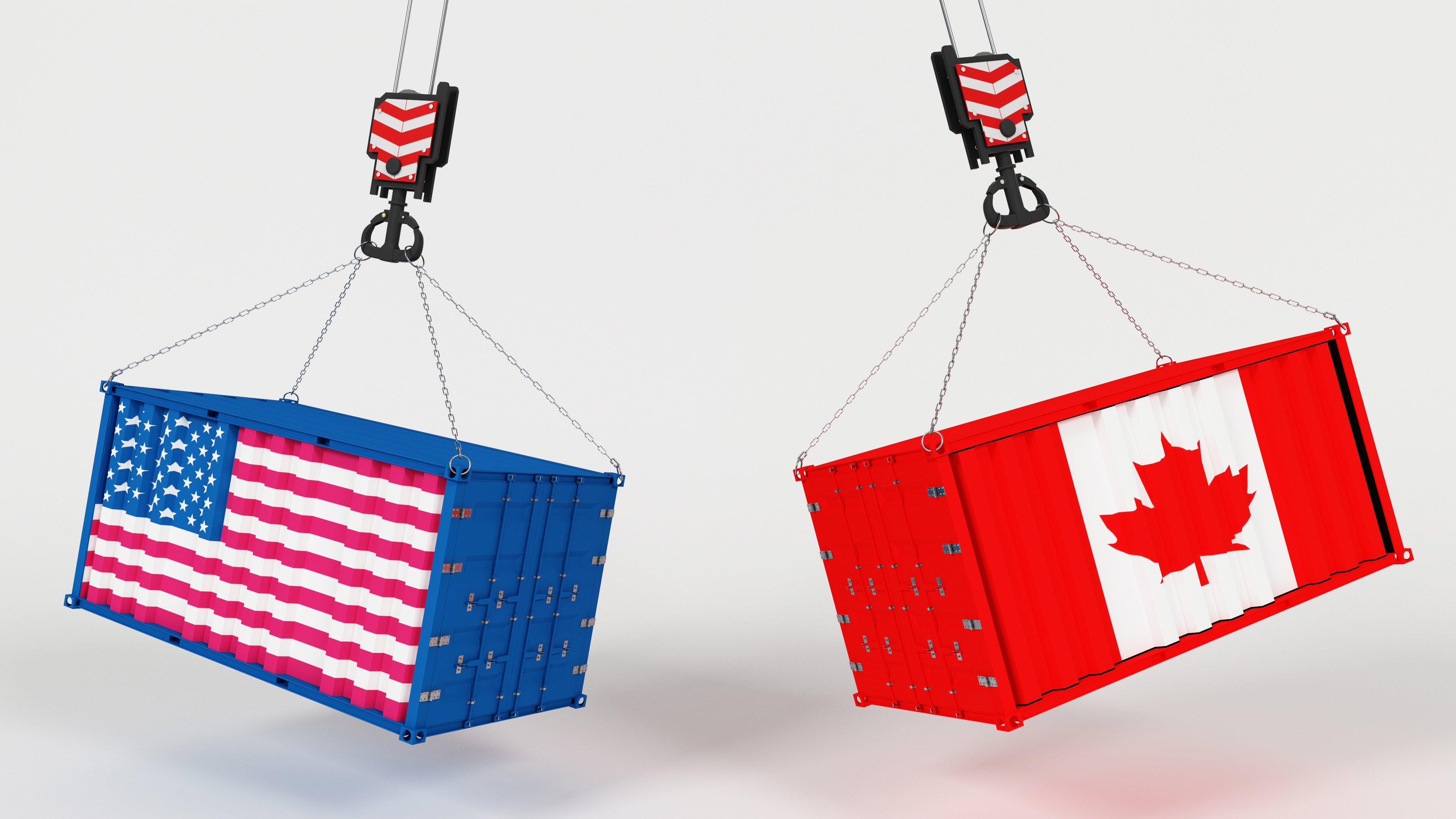
Finding the right shipping rate is essential for keeping your operations running smoothly, managing costs, and ensuring your customers are happy. But behind the scenes, there are two very different ways to get those rates: via real-time APIs or through static rate tables.
While both methods aim to tackle the same challenge, they differ significantly in how they manage data, updates, and scalability. Grasping these differences is crucial for selecting the best strategy for your business.
So, which approach is right for you? Let’s unpack it.
Managing Data
Rate tables are preloaded with shipping costs based on service level, destination zone, weight, and more. Once they're uploaded, they stay the same unless someone goes in and updates them manually.
On the other hand, APIs connect directly to carriers and provide live rates right when you need them. These rates reflect current fuel surcharges, peak season fees, residential delivery charges, and any specific adjustments from the carrier— all of which can change frequently.
Keeping rate tables up to date can feel like a full-time job. Depending on how many carriers you work with and how often they tweak their pricing, the manual work can really add up.
As Edward Aguiar, CEO and CTO of Techdinamics, puts it:
“Shipping carriers are constantly updating their systems — from base rates to fuel surcharges, accessorial fees, and zone structures. These changes don't follow a unified schedule. Instead, they’re staggered throughout the year. If you’re working with 10 different couriers, and each one updates quarterly, you could be managing up to 40 distinct pricing or ruleset changes annually.”
That’s the hidden cost of sticking with static rate tables: the need for constant manual updates, which leaves plenty of room for mistakes. Miss just one, and you risk incorrect pricing or unexpected margin loss.
API-based systems reduce this burden. Since rates are pulled directly from the source, you won’t have to worry about maintaining spreadsheets, uploading files, or double-checking published updates.
And while rate tables may seem like a "simpler" solution at first, the long-term costs — in terms of labor, risk, and inefficiency — can far exceed the initial convenience.
Balancing Speed
Yes, tables can definitely speed things up. When it comes to sheer processing speed, table-based systems have the edge in some scenarios.
By skipping real-time calls to external systems, these solutions can sometimes produce a label in under a second, especially when printing orders one at a time at a packing station. If you're just handling a single order, waiting 2–3 seconds for an API to fetch live rates and create a label can feel like an eternity.
But that’s only part of the story.
Let’s zoom out and look at how most fulfillment operations actually run. If you’re processing in batches, which is the case for an increasing number of fulfillment centers, that 2–3 second delay is virtually irrelevant. With cloud-based solutions like techSHIP by Techdinamics, you can take advantage of parallel processing. This means that a batch of, say, 200 orders can be handled in the blink of an eye. In such setups, that perceived delay simply disappears.
To mitigate latency in one-by-one processing scenarios, techSHIP also offers some pre-processing strategies. If an order follows a predictable pattern (e.g., same weight, dimensions, and destination zone), the system can grab the rate and label even before the order arrives at the packing station. This means the label prints right away, often beating table-based systems in terms of perceived speed.
So yes, static tables may deliver labels faster in isolated cases. But when you factor in rate accuracy, cost savings, and the ability to adapt in real time, API-driven platforms offer a smarter, more resilient, and future-ready approach.
Protecting Your Margins
And beyond speed, there’s something even more critical: accuracy.
Static tables rely on estimates. If rates change and the table hasn’t been updated, your system might choose a service based on outdated information.
This can create a gap between what you expect to pay for shipping and what you actually end up paying, and even more concerning, it can gradually chip away at your profit margins.
During a recent sales call, techSHIP Product Manager Mike Fross spoke with a 3PL struggling with exactly this issue:
“They’re having a really difficult time reconciling predicted shipping costs with actual invoices — and it’s extremely time-consuming. They said they’re spending at least 40 hours a month just to reconcile carrier invoices. For example, they might predict a $10 cost to preserve some margin, but then the actual charge comes in at $11.”
“What they’ve started doing is manually adjusting their rate cards in an attempt to protect profitability — but even then, they consistently lose margin. Why? Because they’re estimating based on averages, while the actual rates from carriers — including base rates — now change far more frequently than they used to. If you don’t have a good method of applying a markup to real-time data, you’re giving up margin without even realizing it.”
When you use APIs, you're tapping into real-time, accurate carrier rates, covering everything from base prices to surcharges and zone-based adjustments. This means you can forecast better, bill more accurately, and have total control over your profit margins.
Scaling Smart
But accuracy isn’t the only thing that gets harder as you grow. Managing multiple carriers, a wider range of SKUs, and numerous shipping destinations adds layers of complexity.
In this scenario, rate tables can become a real headache. Every time you want to add a new carrier, service, or zone, it means diving into data collection, formatting, testing, and loading — all done manually.
On the flip side, APIs are designed to scale effortlessly. You can integrate new services the moment they’re available from the carrier, without the hassle of local data entry. In fast-paced environments, having that kind of agility is crucial.
Moreover, scaling isn’t only about adding capabilities. It also means building resilience into your operation.
A common concern around APIs is reliability — what happens if a carrier's system goes down?
The truth is, carrier outages today are rare and short-lived, usually lasting only a few minutes. Platforms powered by APIs, like techSHIP, are designed to handle these situations seamlessly with automatic failover strategies and timeout logic. This means your operations can keep running smoothly, even if a carrier is unresponsive.
And as carrier APIs continue to improve, this approach only gets more robust.
Embracing the Future
Choosing rate tables today is really just delaying the inevitable. The shipping industry is rapidly embracing smarter automation, enhanced data, and scalable, cloud-native platforms. Carrier APIs are becoming faster, more reliable, and more powerful each year.
Sure, table-based systems might seem familiar or easier to set up initially, but they come with their own set of drawbacks — less flexibility, lower accuracy, and limited scalability as time goes on. On the other hand, API-based systems take a bit more work upfront but give you a future-ready foundation with real-time accuracy, less maintenance, and a better fit with how carriers operate today.
APIs have become the modern standard for shipping solutions. They enable real-time, automated, and scalable operations — perfect for warehouses that need efficiency, precision, and smooth integration with multiple carriers. While tables still work in simple, static setups, they quickly become a bottleneck as complexity and scale grow.
At Techdinamics, we’ve taken a clear stance: an API-based approach to rate selection is the smartest and most essential choice for modern shipping operations. While some providers still rely solely on static rate tables, we believe that’s a short-term compromise that doesn’t hold up under the demands of real-world logistics. That said, we recognize there are edge cases where tables make sense — which is why our Enterprise subscription includes support for both, when needed.
Curious how techSHIP could improve your shipping operations? Let’s talk.


